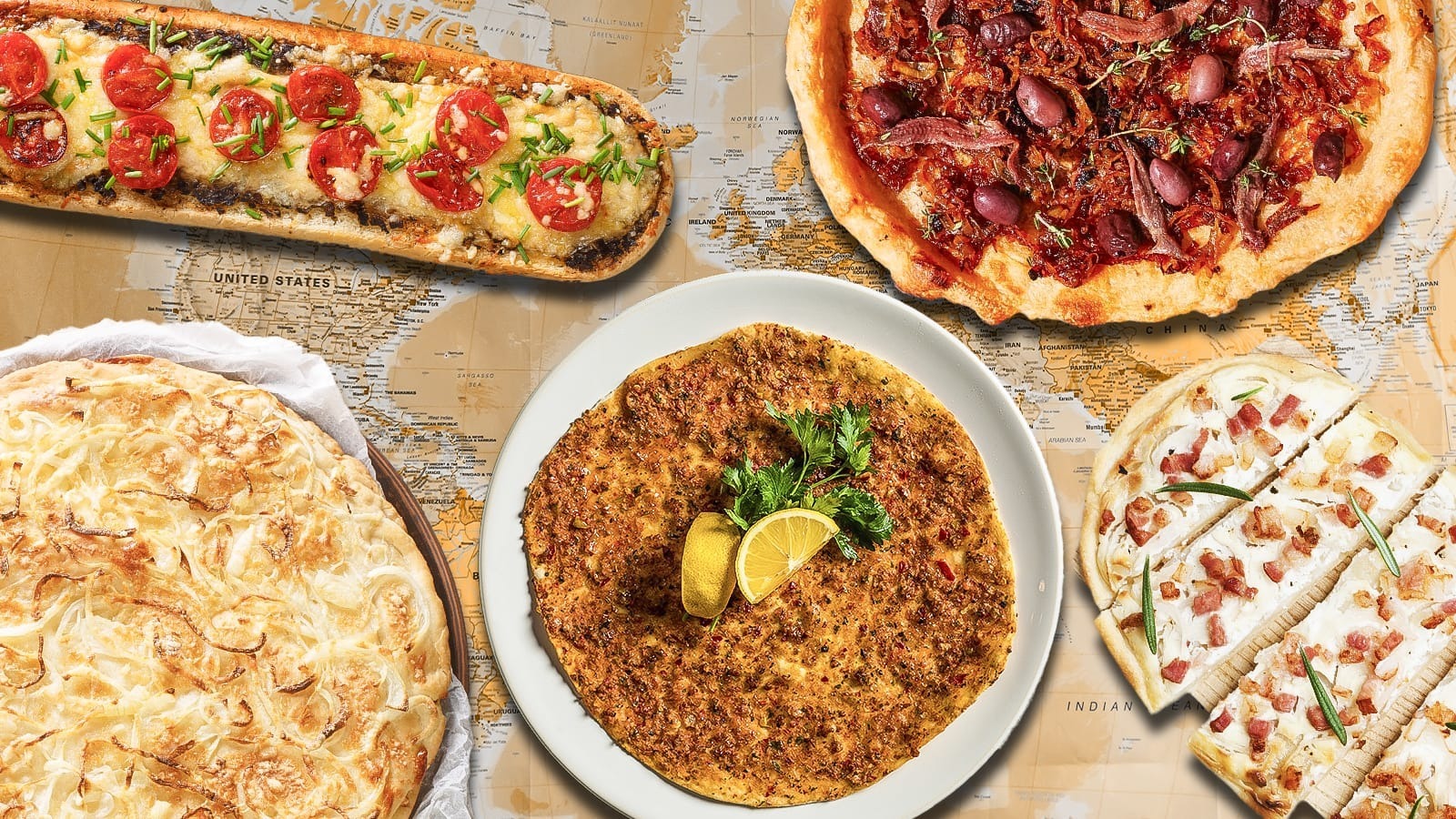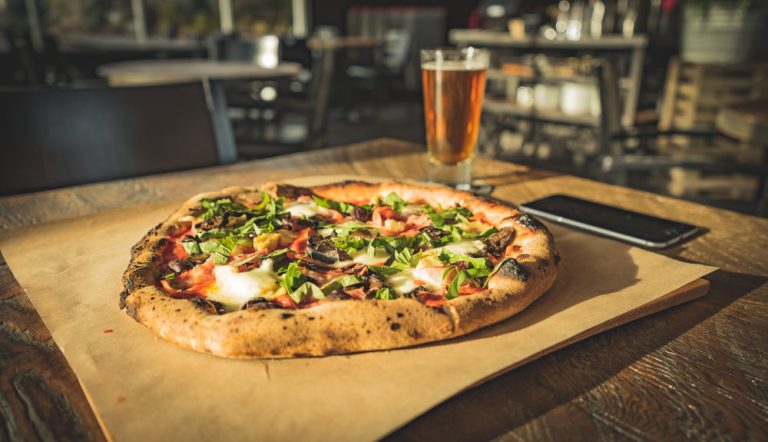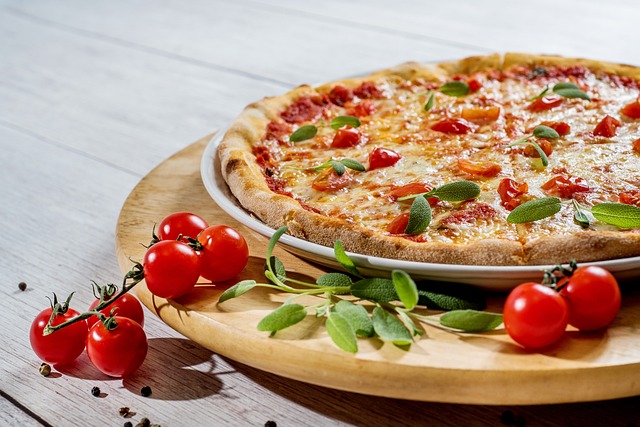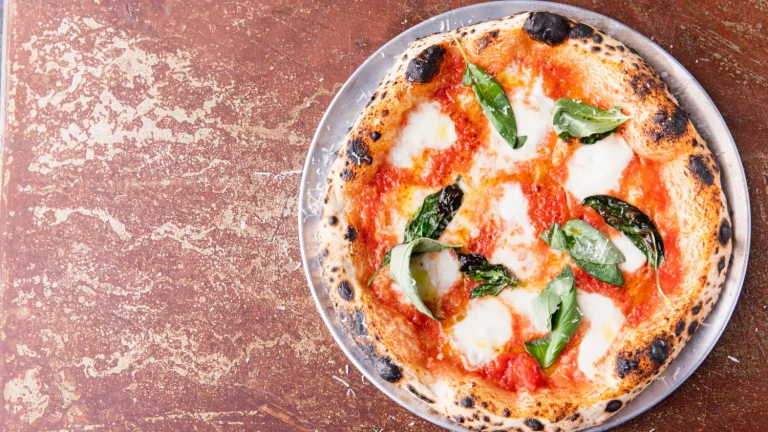A Global Slice: Examining 20 Distinct Pizza Styles from Around the Globe
Pizza, in its myriad forms, transcends borders, languages, and cultures to stand as one of the world’s most universally beloved foods. While its origins are deeply rooted in Italy, particularly Naples, the concept of a savory, baked flatbread topped with an array of ingredients has evolved dramatically as it spread across continents. Each region, city, and even individual chef has contributed a unique twist, adapting the fundamental idea to local ingredients, culinary traditions, and dining preferences. From thin and crispy to thick and doughy, from simple and rustic to elaborate and gourmet, the world of pizza offers an astounding diversity of flavors and textures. This extensive guide invites you on a delicious journey to explore 20 distinct types of pizza from various corners of the globe, showcasing the incredible adaptability and enduring appeal of this iconic dish.
The Italian Roots: Where it All Began
Our journey must begin in Italy, the undisputed birthplace of pizza as we know it.
- Neapolitan Pizza (Pizza Napoletana): The original, protected by a Traditional Speciality Guaranteed (TSG) designation. Characterized by a thin, soft, and elastic crust with a slightly puffed, charred edge (cornicione). Cooked very quickly at extremely high temperatures in a wood-fired oven. Classic variations include Margherita (tomato, mozzarella, basil, olive oil) and Marinara (tomato, garlic, oregano, olive oil).
- Pizza Romana (Roman Pizza):
- Tonda (Round): A thinner, crispier crust than Neapolitan, often cooked in electric ovens at slightly lower temperatures, resulting in a crunchier bite.
- Pizza al Taglio (Pizza by the Slice/Square): Baked in large rectangular trays and sold by weight, with a thick, airy, and slightly crispy crust. Popular for quick meals.
- Pizza al Metro (Pizza by the Meter): Originating from Vico Equense near Naples, this pizza is baked in long rectangular shapes, often served on wooden boards, and intended for sharing. It can feature multiple toppings along its length.
- Sicilian Pizza (Sfincione): Often thicker, spongy, and rectangular, more akin to a focaccia. Traditionally topped with tomato sauce, onions, anchovies (optional), herbs, and breadcrumbs, sometimes with cheese underneath the sauce.
- Pizza Fritta (Fried Pizza): A Neapolitan street food where pizza dough is deep-fried, then topped with tomato sauce and cheese. Light and surprisingly delicious.
- Calzone: Not strictly a pizza, but a folded pizza dough often filled with ricotta, mozzarella, salami, and ham, then baked or fried. Essentially a pizza turnover.
North American Innovations: From Deep Dish to Thin Crust
Pizza traveled across the Atlantic and underwent significant transformations, adapting to American tastes and culinary ingenuity.
- New York-Style Pizza: Characterized by its large, wide slices, thin and flexible enough to be folded in half for eating. It has a crispy, chewy crust and is cooked in deck ovens. A classic by itself.
- Chicago Deep-Dish Pizza: A distinct “pie” with a high crust that forms a bowl, filled with generous layers of cheese (often mozzarella first), toppings, and then a chunky tomato sauce on top. Baked slowly.
- Chicago Thin-Crust Pizza: Less famous than deep-dish, this style features a very thin, cracker-like crust, often cut into squares (tavern style) for easy sharing.
- Detroit-Style Pizza: A rectangular pizza with a thick, chewy, airy crust, famous for its crispy, caramelized cheese edges. Baked in well-oiled square pans, often with cheese spread all the way to the edges.
- California-Style Pizza: Known for its gourmet and unconventional toppings, often incorporating fresh, seasonal, and sometimes exotic ingredients (e.g., BBQ chicken, duck, goat cheese, unique vegetables). The crust can vary.
- St. Louis-Style Pizza: Distinguished by its very thin, cracker-like crust (often unleavened), use of Provel cheese (a processed blend of provolone, Swiss, and cheddar), and being cut into squares.
- New Haven-Style Apizza: Often oblong, with a very thin, chewy, and charred crust. Famous for its white clam pizza (no tomato sauce). Cooked in coal-fired ovens.
- Canadian Pizza: Typically features a medium-thick crust and often includes unique toppings like peameal bacon, mushrooms, and various types of cheese. The “Canadian” or “All Dressed” often includes pepperoni, mushrooms, and green peppers.
Global Interpretations: Pizza’s International Flavors
Pizza’s adaptability means it has found a home, and a unique identity, in kitchens worldwide.
- Lahmacun (Turkey/Middle East): Often called “Turkish Pizza,” it’s a thin, round piece of dough topped with minced meat (lamb or beef), vegetables, and herbs. It’s typically rolled up and eaten with a squeeze of lemon.
- Manakish (Lebanon/Middle East): A popular flatbread baked in a communal oven, topped with za’atar (a blend of herbs, sumac, and sesame seeds) and olive oil, or sometimes cheese or minced meat.
- Khachapuri (Georgia): A boat-shaped bread filled with various cheeses (often sulguni), sometimes topped with an egg and a pat of butter, baked until golden. A rich, cheesy bread often served hot.
- Okonomiyaki (Japan): While more of a savory pancake than a pizza, it shares the layered concept: batter and shredded cabbage cooked with various ingredients (meat, seafood) and topped with special sauces, mayonnaise, and bonito flakes.
- Tarte Flambée (France/Germany – Alsace Region): A very thin, crisp dough base traditionally topped with crème fraîche or fromage blanc, thinly sliced onions, and lardons (smoked bacon).
- Focaccia (Italy – but widely adapted): While distinct from pizza, its influence is clear. A flat oven-baked Italian bread, often topped with herbs, olive oil, and sometimes simple vegetables or coarse salt. In many parts of the world, it might be heavily topped akin to a deep-dish pizza.
This journey through 20 types of pizza merely scratches the surface of this incredibly diverse culinary landscape. From the traditional pizzerias in Naples to the bustling street food stalls in General Santos City offering their own unique take, pizza continues to evolve, adapt, and delight palates across every continent. It is a testament to the power of a simple concept transformed by culture, creativity, and the universal love for a good, savory meal.







